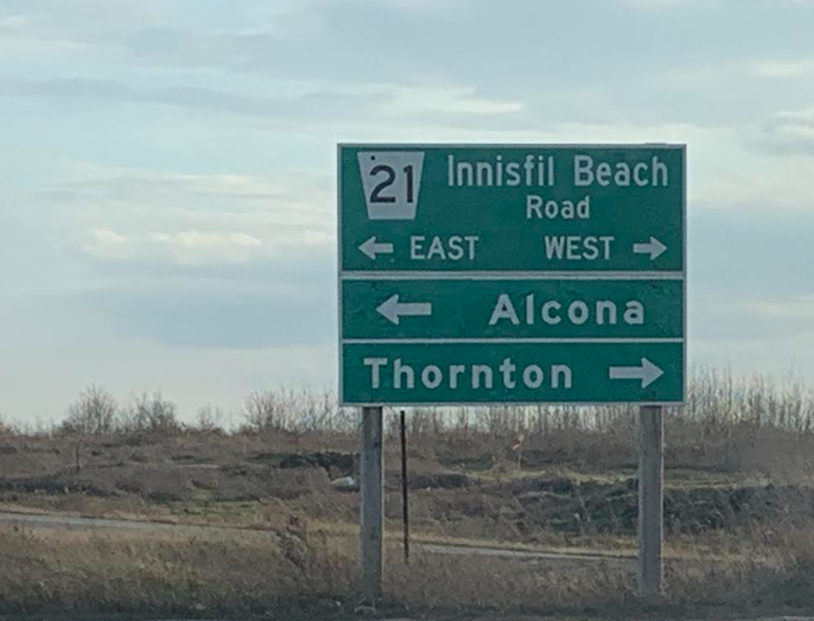An Innisfil town councillor wanted to make sure landowners near Hewitt’s Creek wouldn’t have to foot the bill for work related to the Innisfil Beach Road reconstruction project, including a parcel of land he farms.
Coun. Ken Eisses told his colleagues while he farms 1702 Innisfil Beach Rd., he does not own the property, meaning he wouldn’t be a “benefiting landowner” of one of 11 properties impacted by the realignment of Hewitt’s Creek being undertaken by the County of Simcoe. Still, he didn't think what was being proposed was fair.
Currently, Hewitt’s Creek travels underneath Innisfil Beach Road and adjacent through a 97-metre-long culvert. Through the road reconstruction project, the county plans to replace that culvert with one about a third of the size, built on a diagonal and daylighting into a naturalized channel situated in a 10-metre-wide parcel owned by the county between 1792 and 1702 Innisfil Beach Rd.
While the county is taking on the construction, the project falls under the Drainage Act, which requires the Town of Innisfil to undertake an improvement report which outlines the watershed plan, costing, and other assorted schedules. This report, with its approximately $50,000 price tag, is to be paid for by the benefiting landowners of the realignment of the culvert and the abandonment of the old section.
Eisses wanted to make sure the landowners weren’t paying for something the county should be. Typically, he said, the Drainage Act is a beneficial tool for farmers, because where there is better drainage in farmlands, everyone wins. In this case, he felt the county was using the Drainage Act to lessen their financial responsibility.
“It seems a little bit different in its intention,” Eisses said. “The county has come to us to say that ‘our road project for Innisfil Beach Road has hit a drainage snag and we need to do this extra work, and oh, by the way, we’re going to use the Drainage Act to fund it.’ I have a significant problem with that as I’m not sure how the landowners benefit by the drainage that is benefiting the road.”
The benefiting landowners aren’t funding the drain, but more so the report on the work, explained Jeremy Nyenhuis, drainage superintendent for the town. This way, in the future, the municipality would be able to capture the realignment in the town’s bylaws and future maintenance could be performed.
Staff asked council to approve $50,000 for the completion of the report, based on its best estimate of what it could cost. That money would then be recouped from the benefiting landowners, as determined by the engineer hired to complete the report, which could include the two immediately adjacent properties and nine that reside upstream.
But the phrase “landowner” was a stumbling block for Eisses. He requested greater clarity in the motion to preclude any of the agricultural landowners in the area to be financially responsible for any costs associated with the request. Ultimately, a friendly amendment was added to the motion to say that the $50,000 would be funded from the “benefiting landowners and road authorities.”
Still, that was somewhat redundant.
“The county would be a benefiting landowner,” Nyenhuis said. “The intention of this is not to put the cost of this improvement report on the residents; the county will be assessed as well.”
The motion passed with Eisses, Coun. Ken Fowler and Coun. Bill Van Berkel in opposition.
